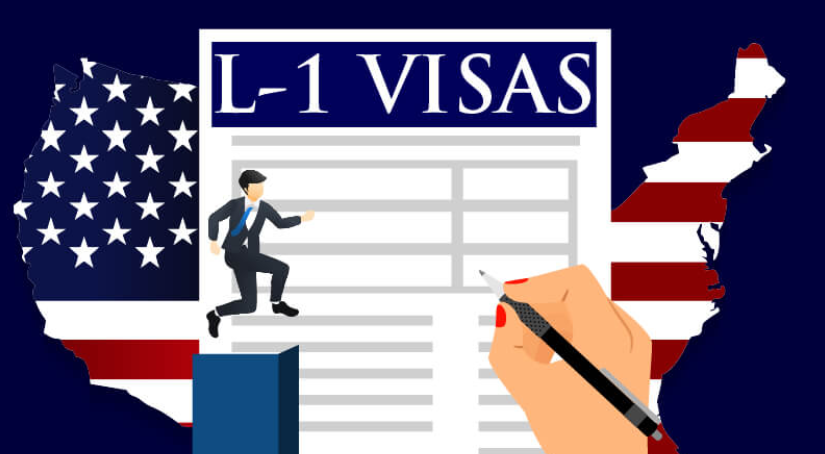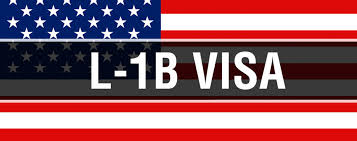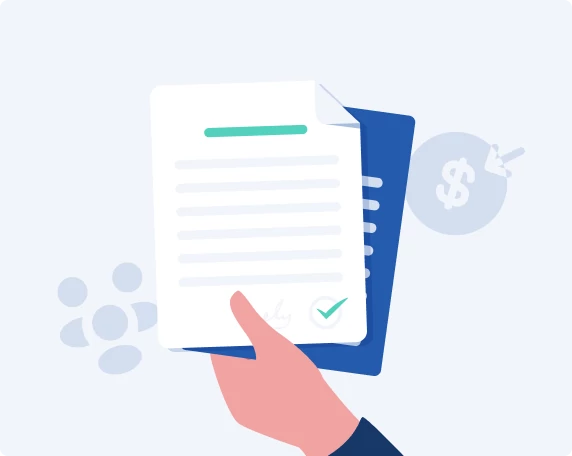
What is an L-1 visa?
The L-1 visa is a type of work visa that is given to executives or directors of a foreign company who want to come to the United States to manage their company’s branch, office, or subsidiary.
It is also possible to apply for an L-1 visa for companies that have not yet been officially established, but in this case, you will need to show evidence that the process of setting up the company is in an advanced stage and that a location has already been secured for its operations.

Main requirements of the L-1 visa
There are two categories for the L1 Visa
Documentation to Present
Is it possible to file more than one L-1 visa petition within the same company related to the same project?
There is no restriction on number of visa application
Status of Relatives of the L-1 Visa Holder
L-1 visa Extension


Minimum investment of the subsidiary or affiliate
What happens if the foreign representative stops working for the US subsidiary or affiliate?
This means that if you are a foreign representative working for a U.S. subsidiary or affiliate on an L-1 visa, you are only allowed to stay in the United States as long as you are still employed by that company. If you leave your job, you will no longer be eligible to stay in the U.S. on your L-1 visa and will have to leave the country.
In certain situations, you may be able to apply for a different type of visa if you meet the qualifications for that visa. However, this option is not guaranteed and will depend on your individual circumstances.

However, it is important to note that this process can take several years and that a Green Card is not guaranteed.

